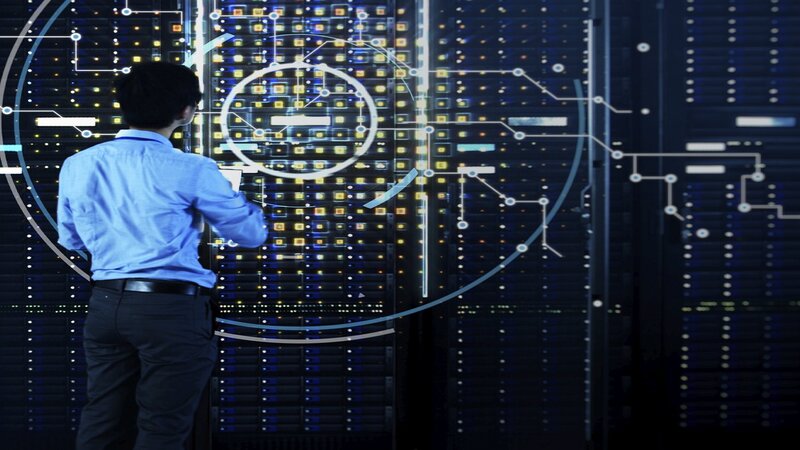
IT industry is moving at a skyrocketing speed, riding high on technology innovation one side and business transformation on the other.
The digital trend across organizations of all sizes is taking the industry to the next level, making infrastructure the center of focus.
On the challenging side, here lies the real confrontation to the IT industry i.e. Datacenter safety!
Today Datacenters are undoubtedly the heart of the digital economy, as evident in many scenarios where organizations reported billions of dollars revenue loss due to unexpected datacenter outages.
These outages could be the result of manmade or natural disasters. While manmade disasters lie in the purview of humans, natural disasters are unexpected and can happen any time.
Uptime Institute, IT industry’s renowned global standard for the proper design, build and operation of data centers, speaks on the similar point in its latest publication.
“Unfortunately, along with this growth and change, a less optimistic, yet alarmingly increasing phenomenon continues to affect data centers: climate change,” the institute said in a statement.
It reports that many organizations are failing to take necessary measures to protect their datacenters from global warming/climate change effects such as heatwaves, wildfires and floods, among others.
Data Centers and Climate Change Effects

Citing its survey on the global pool of 900 datacenter operators and IT professionals, the institute revealed alarming facts that say:
- 90 percent of respondents do not even think of the need for a Disaster Recovery plan to tackle flood-like situation
- 71 percent stand unprepared for any severe weather events
- 45 percent ignore the risk of climate change effect
“Datacenters will continue to be at the center of climate change discussions not only because of the threats extreme weather poses to mission-critical facilities but also because datacenters depend a great deal on utilities such as power, water and telecoms,” says Andy Lawrence, Executive Director of Uptime Institute.
Lawrence is confident in saying that datacenters are definitely vulnerable to climate change and ignoring this fact can cause a huge loss in the future.
According to him, as along 1°F rise in ambient temperatures can boost cooling loads reducing energy savings. Significant temperatures can even reduce the computing abilities. Increased flooding can affect fuel deliveries and staffing, and even reach IT equipment in some cases.
To avoid concerns, Lawrence recommends data centers operators and owners to conduct regular resiliency reviews and make their ‘preparations for severe weather events’ visible to rest of the stakeholders.
Technology Backing Datacenters

According to John Hammond, a meteorologist at one of the digital weather services, many datacenters are facing technical limitations despite ever-growing technology advancements.
“Despite the advances in water-cooling, many datacenters still rely heavily on energy-hungry air conditioning units, which have the dubious honor of being both a way to mitigate the impact of global warming, and a major contributor to it,” adds John.
One of the IT business leaders from a global managed services firm confirms the fact that there is a mounting pressure of climate change and operators are ignoring it.
“In the US, most datacenters have the building strength to cope with earthquakes in areas where these happen, but flooding and hurricanes aren’t always considered,” the official adds.
“Global changes to weather patterns are resulting in a higher volume of extreme weather events. Data centers and digital infrastructures must be rigorously assessed in order to be more prepared for natural disasters in the years and decades ahead,” the Uptime Institute recommends.
Related Solutions: